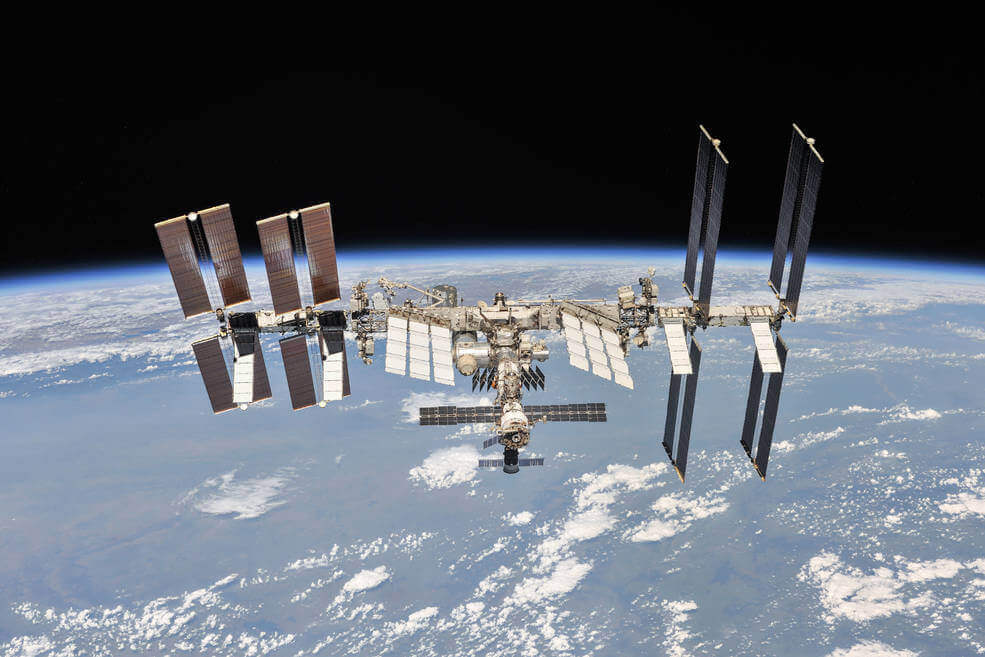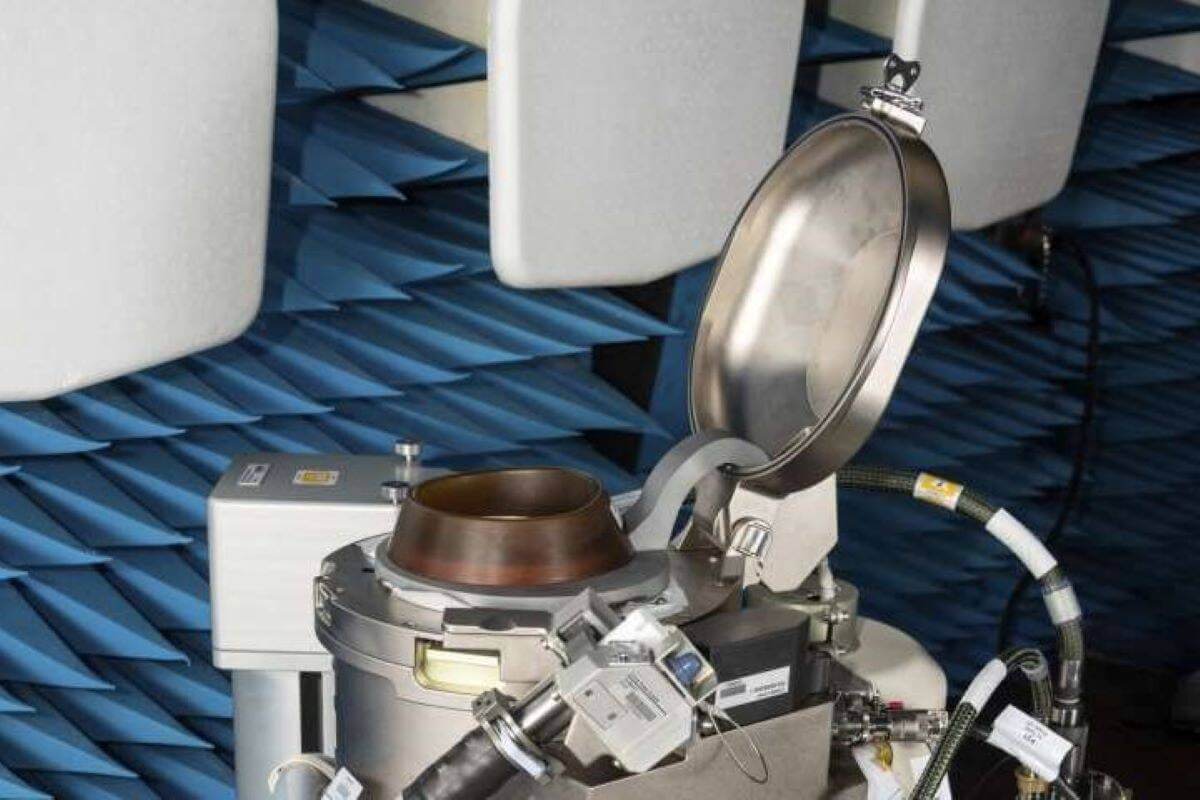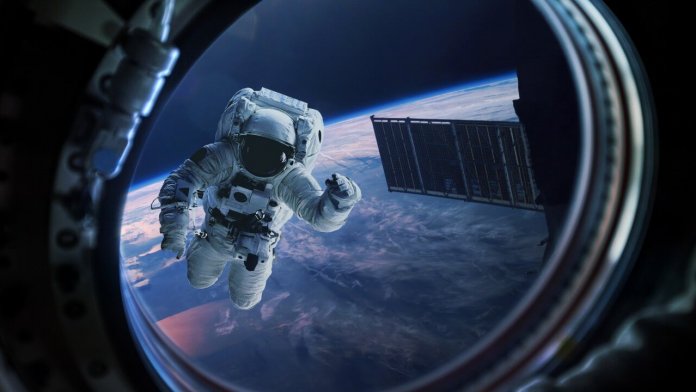The dream of space exploration is quite an old one. It has existed since the time humans first looked up at the sky and went, ‘Can we reach there?’ Then, in 1969, we extended beyond the pull of gravity and burst forth from the Exosphere to reach the Moon. Between then and now, we have achieved quite a lot of milestones in space exploration.
Despite that, we are nowhere near even 1% of exploring the known universe. Coming to one of the latest achievements, NASA is scheduled to launch its first Microgravity Toilet to the international space station.
This information reminds one of when ‘Howard Wolowitz’ from ‘The Big Bang Theory’ worked on the waste disposal system for NASA!

How do toilets work in space?
Since there is a constraint on resources on a space expedition, scientists have come up with ingenious ways to make toilets work. They work on the basic principle of suction and airflow. Anything discarded as waste from the human body is pulled into a funnel where fans run at high speed. It works on the same idea as a vacuum cleaner. Feces are flushed using the same air fan principle. 90% of the waste is recycled. However, there are efforts to increase this to 98% before the Mars mission.
Of course, there are already toilets in space, many Russian ones orbiting too. But, there can often be problems in the simplest of designs. This new Microgravity Toilet brings, with it, some significant improvements. The system itself has to be perfected in every way. There cannot be a chance for an escape or a leak. It could prove to be quite a difficult situation if something like that were to happen. This is another way the NASA Microgravity Toilet stands out.
How is it an improvement?
The first is the size of it. Older models are quite huge and even cause issues due to the size. This toilet is 28 inches tall, half the size of the Russian ones in orbit, and weighs about 100 pounds. Its size can allow it to fit inside the NASA Orion capsules. These are the ones that are going to be returning NASA astronauts from the Moon or towards Mars in the future.
Next comes one of the biggest step-ups in design. This toilet’s seat is slightly tilted and sitting at a higher position. This is so it can be accommodating to men and women both. This is also because NASA intends to send the first female astronaut on the Moon. The older models were more suited to the use of men.

A worthwhile invention or Capital Flushed? (Literally!)
The new toilet is set to go through a ten testing period first before it can be installed for a 10-day journey to the Moon. It can make the long journey more bearable and easier for such daring individuals. The writer of this article believes that this is, in no way, a small achievement. The hefty sum aside, one needs to factor in every issue and problem which could arise during space missions.
The Mars Exploration Mission is two way, not one way. This means there will be a lot of travel involved. Thus, the need for such a useful invention: the NASA Microgravity Toilet.
Stay tuned for more from Brandsynario!











































